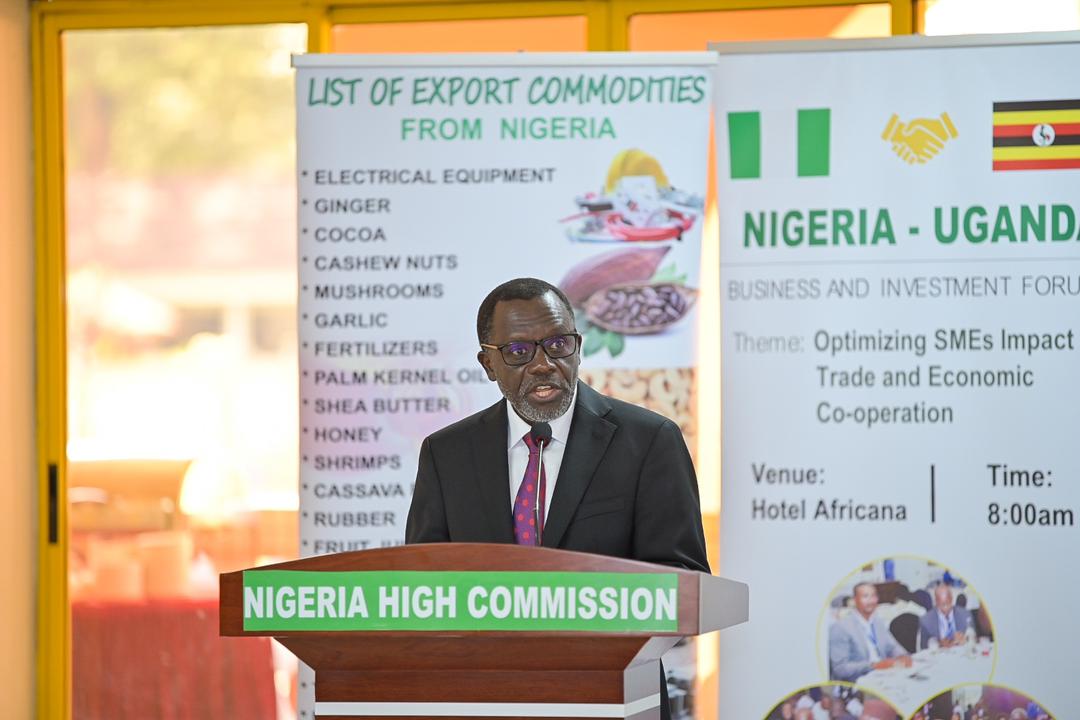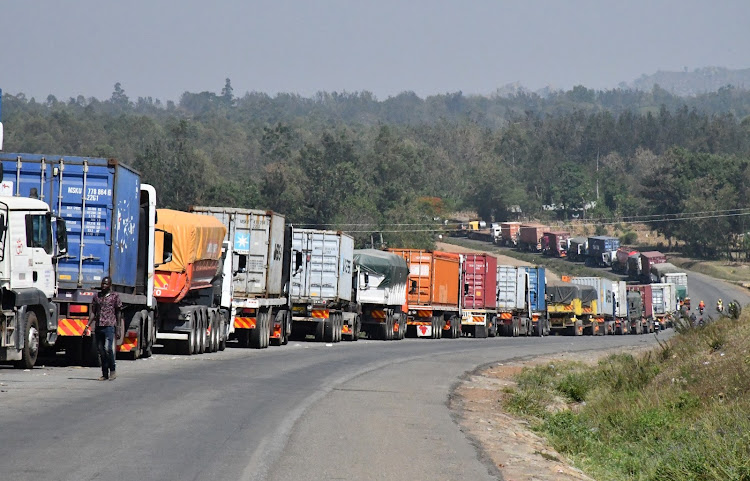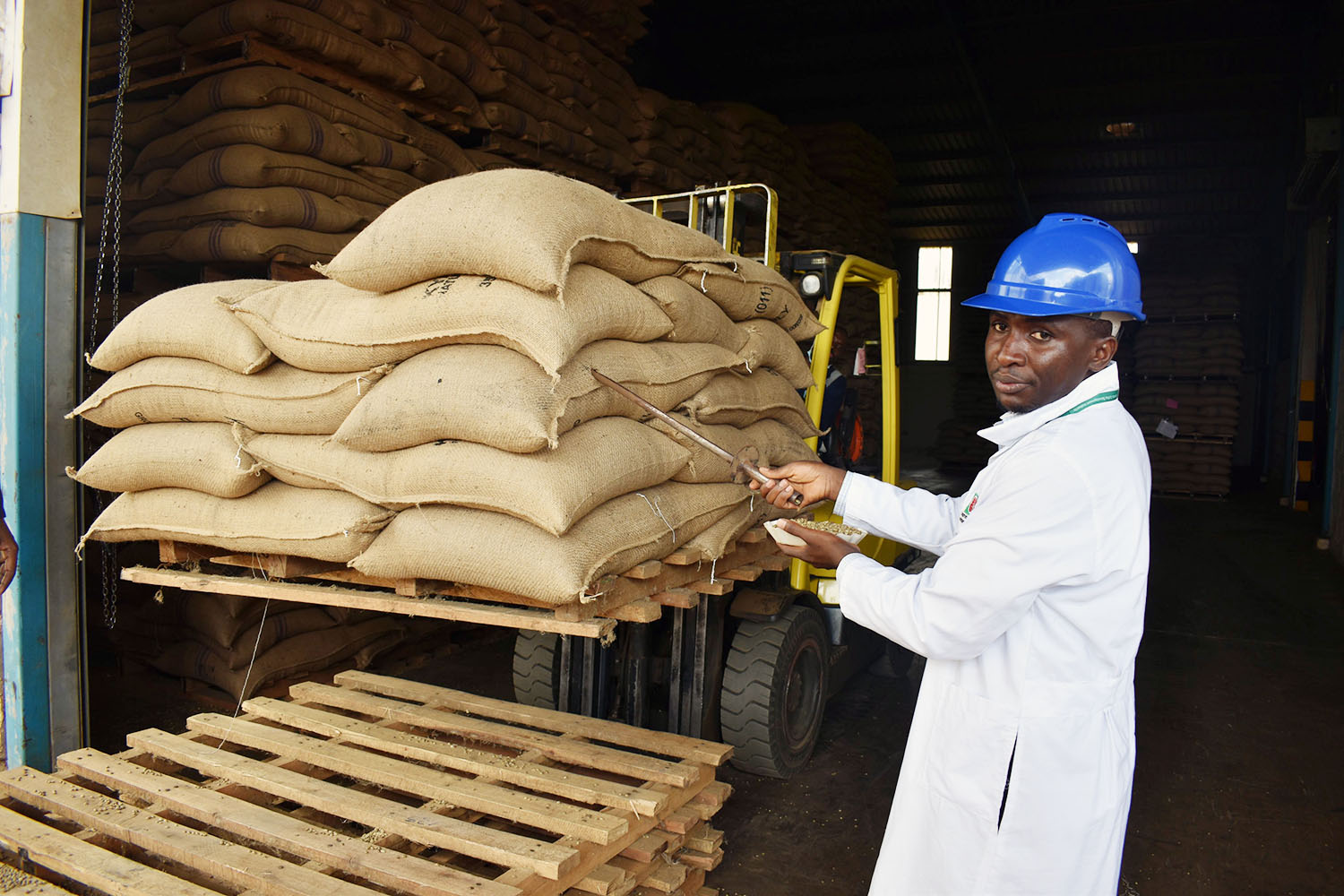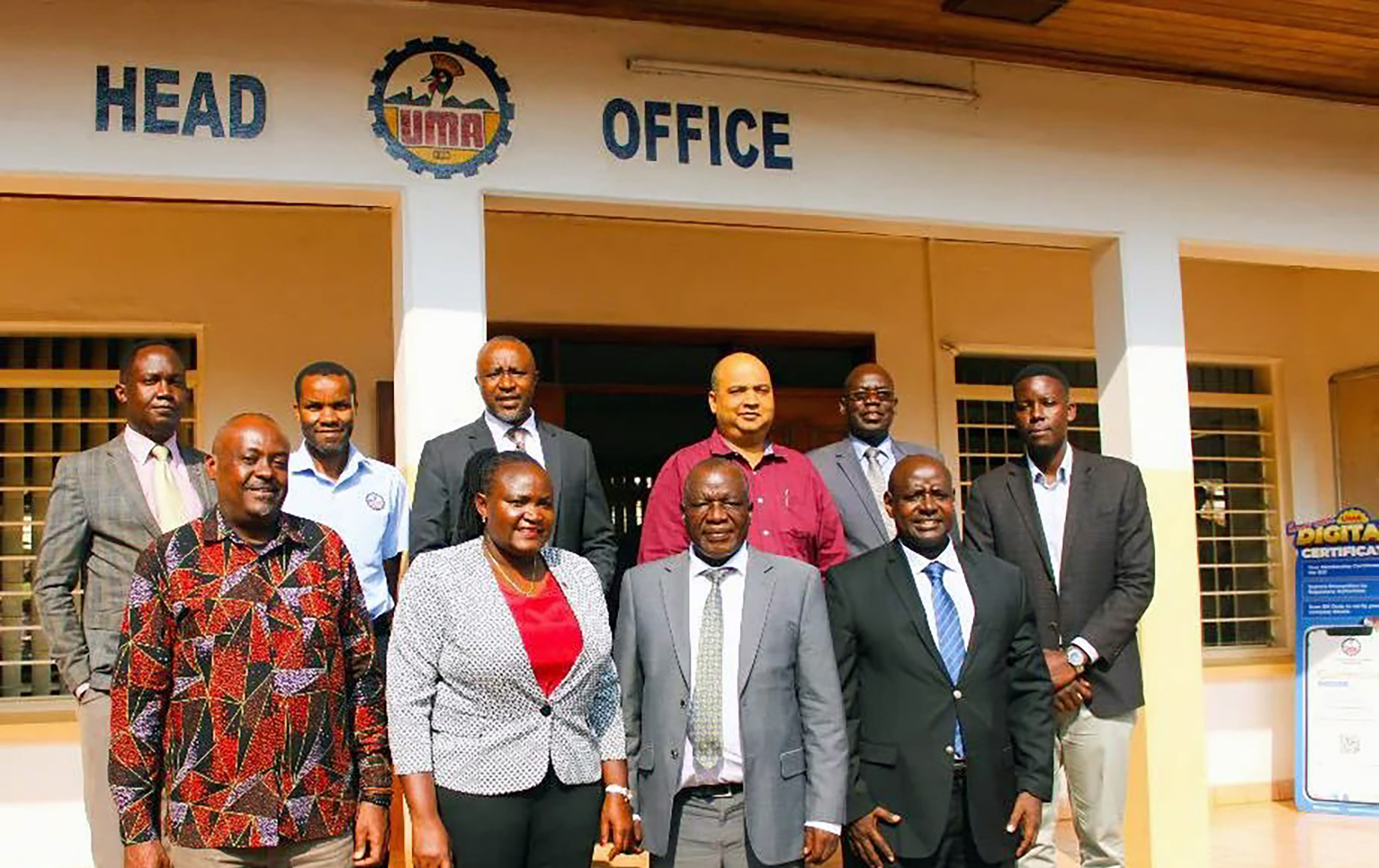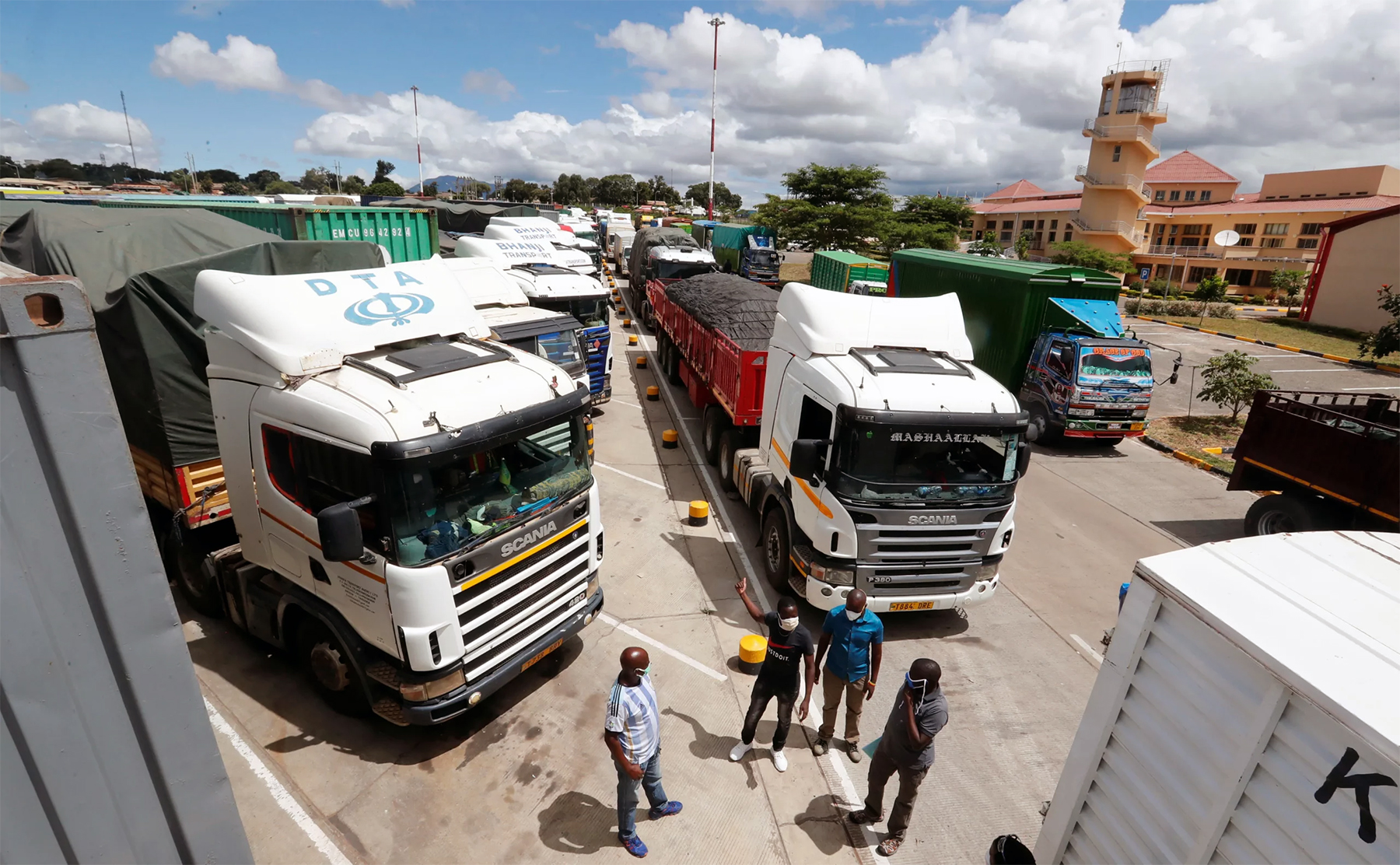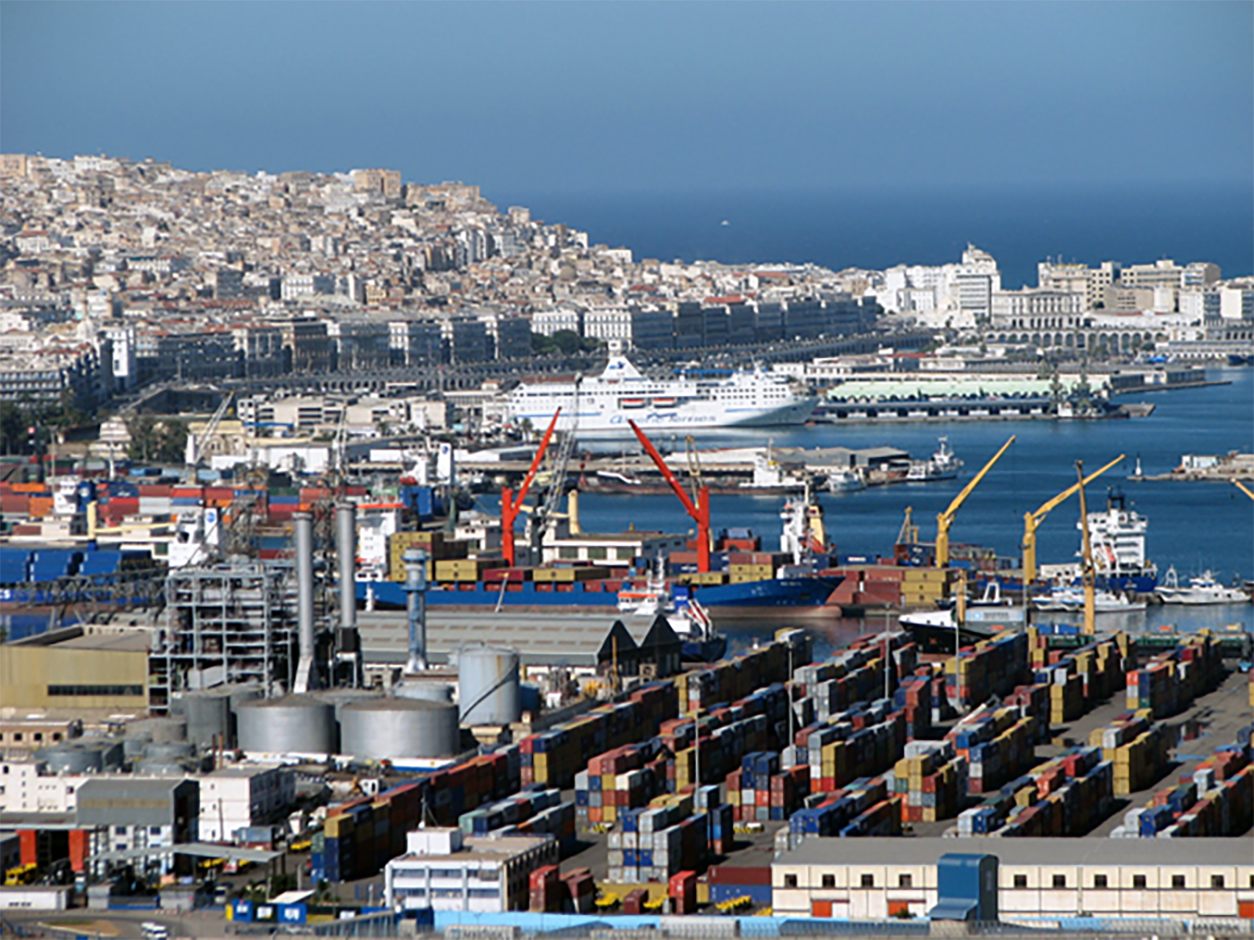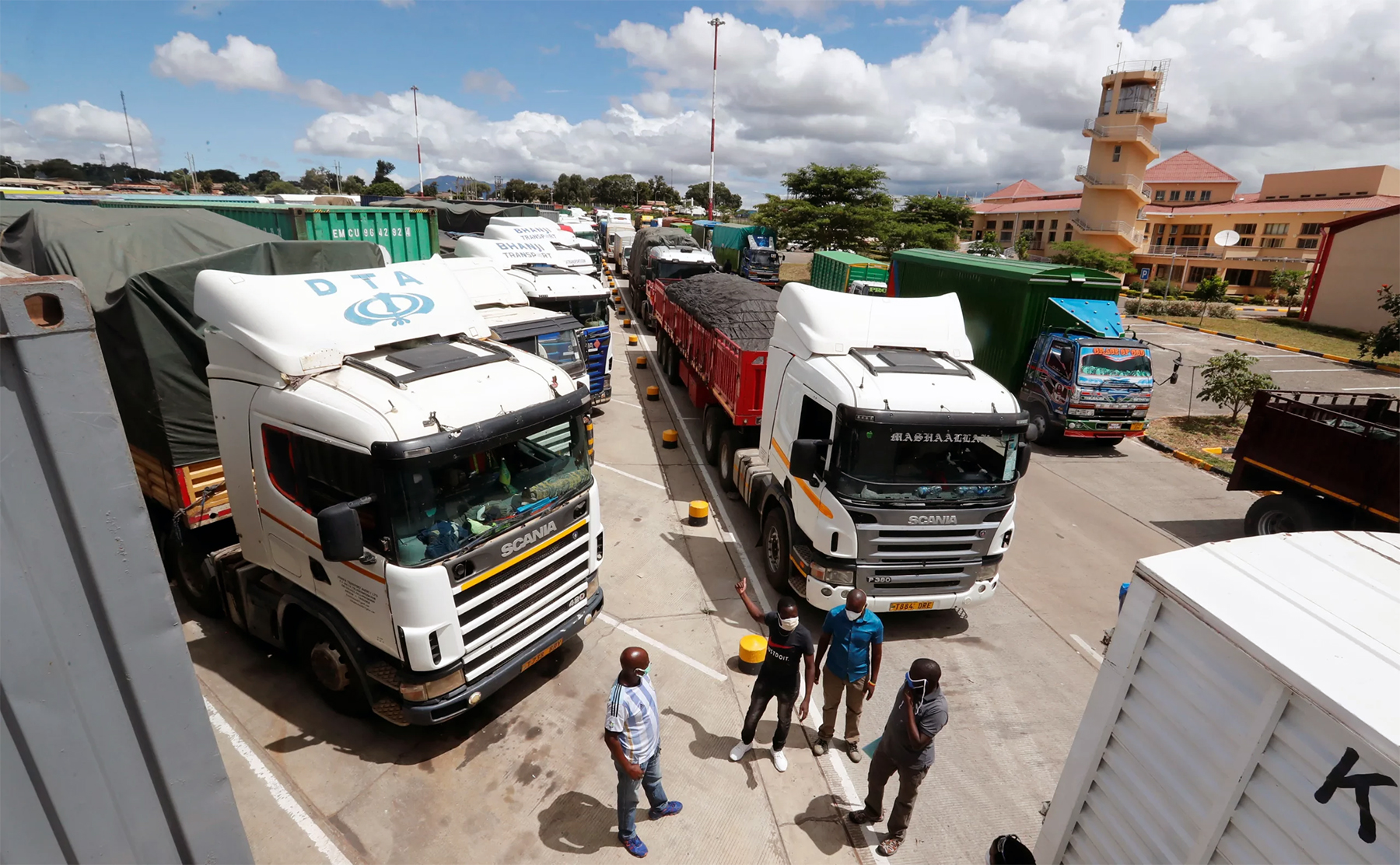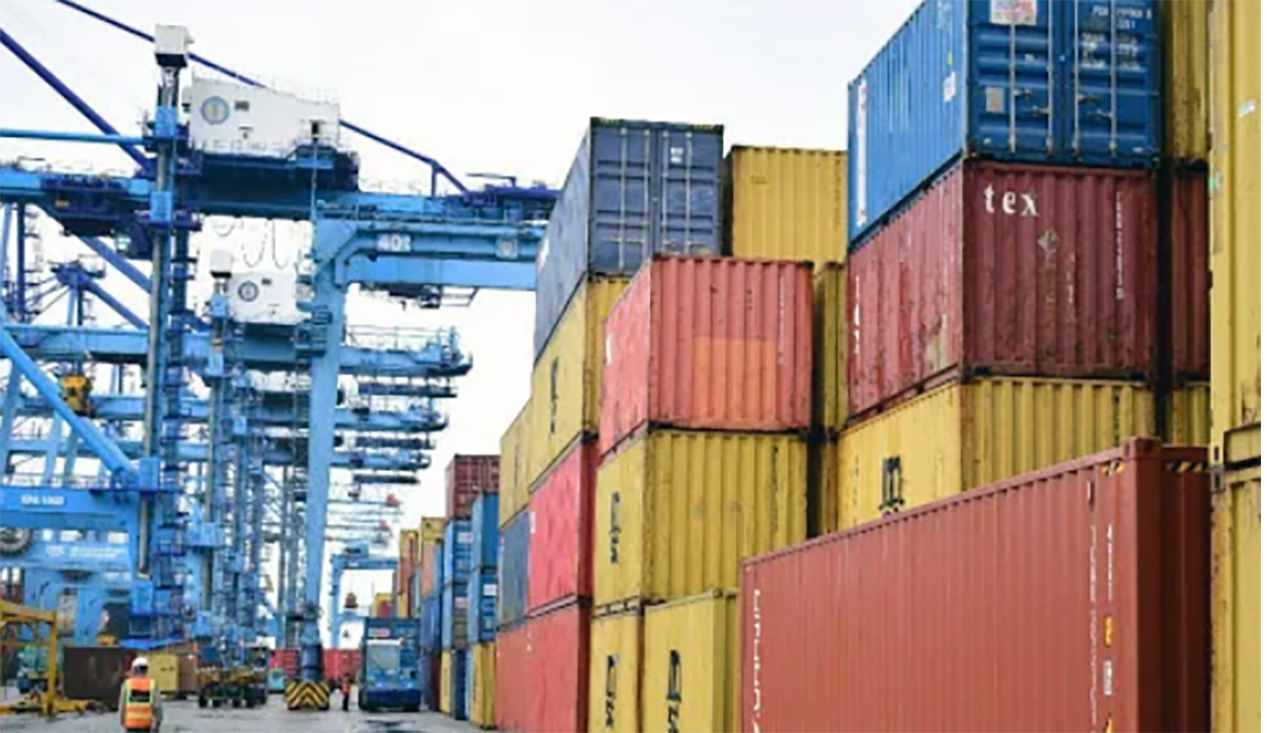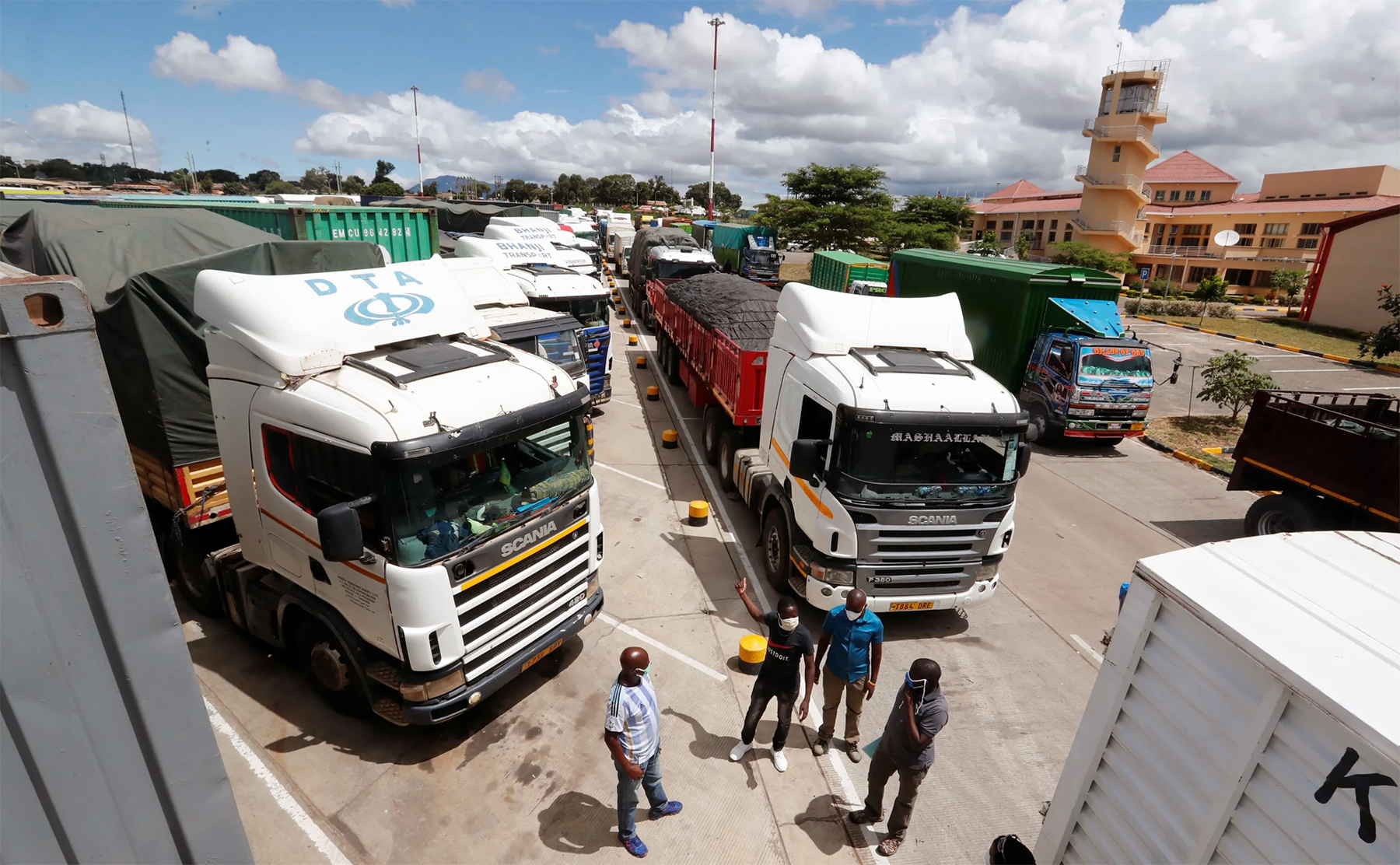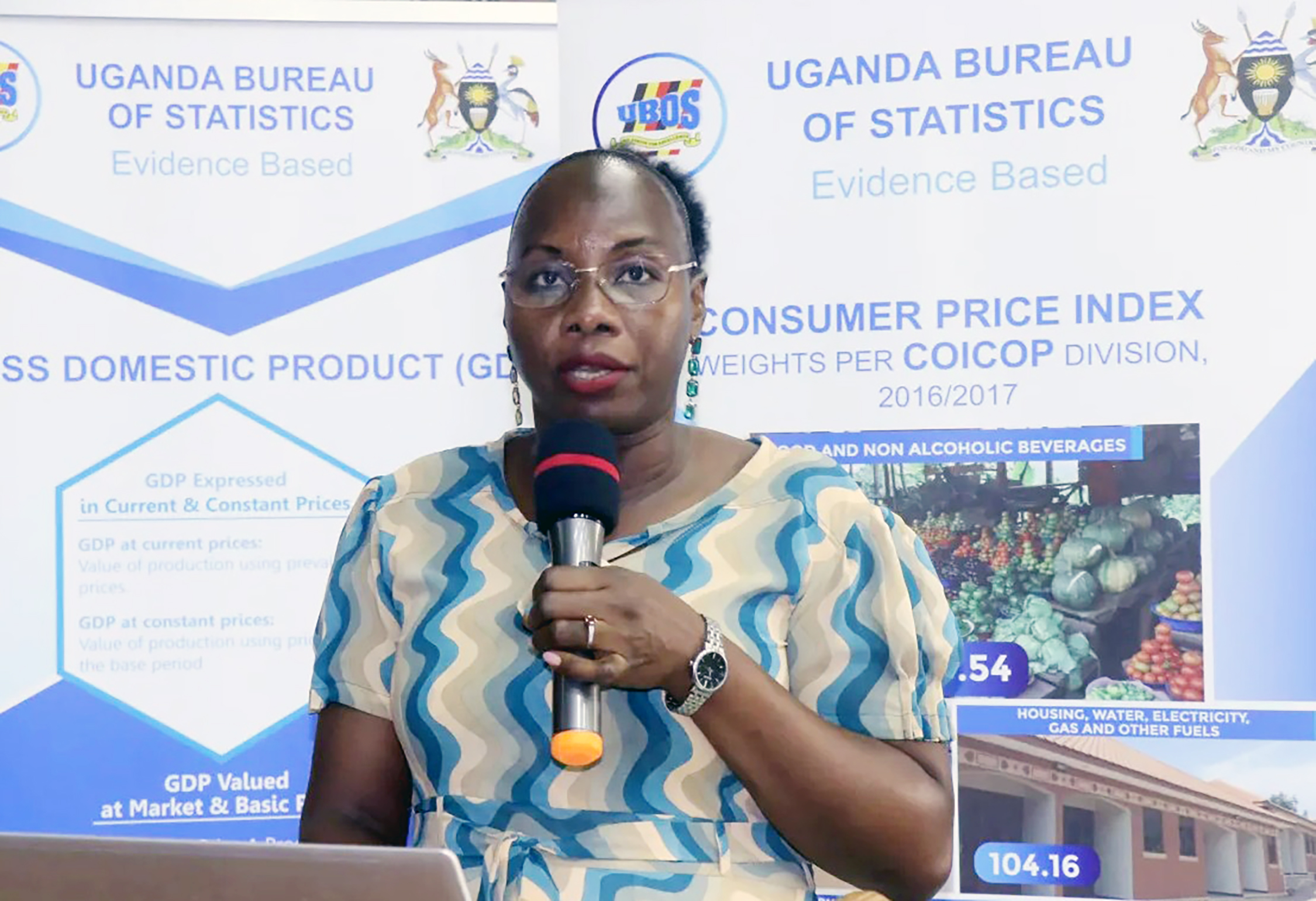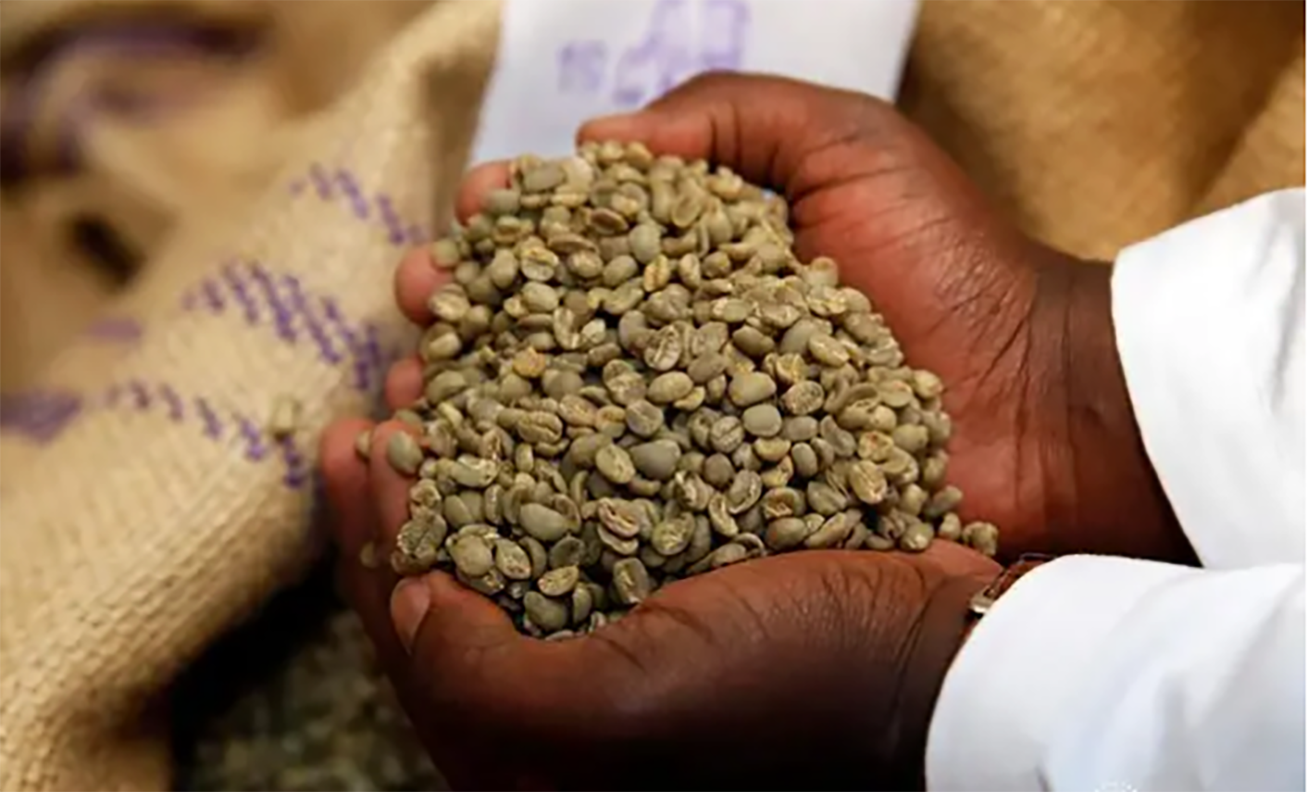Uganda incurs UGX13 Tn export losses - report

Mr. Stephen Asiimwe, the PSFU CEO, says adopting new technologies would help to cut losses.
Uganda is losing up to $3.5 billion (UGX 13 trillion) every year in perishable agricultural exports due to persistent border delays, poor infrastructure, and outdated trade systems.
This damning figure, revealed in a new joint report by the Private Sector Foundation Uganda (PSFU) and the Alliance for a Green Revolution in Africa (AGRA), exposes the scale of economic damage caused by inefficiencies along the country’s trade corridors.
Perishable goods including fruits, vegetables, fish, and dairy products often rot in transit as they spend up to 14 days at border posts, far exceeding the East African Community (EAC) target of just 48 hours.
- The report paints a stark picture of a trade system in crisis, where logistical failure has become the norm and Uganda’s export potential is being severely undermined.
“This is not just a missed opportunity; it’s a direct loss of income for farmers, exporters, and the economy at large,” said Martin Maku, PSFU’s policy coordinator. “Every day we delay, we lose revenue, market share, and our regional competitiveness.”
The numbers are telling. In 2023, Uganda exported goods worth $6 billion. By 2024, that figure had fallen to $5.67 billion a decline of over $330 million in just one year. Much of that drop was linked to non-tariff barriers, sluggish border clearance, and excessive transport costs that make Ugandan goods less attractive to regional buyers.
- The report also exposes the burden of regulatory compliance, which has forced many exporters into the informal sector. More than 70% of surveyed traders cited difficulties navigating Uganda’s export regulations. As a result, informal cross-border trade is booming now estimated to exceed $500 million (UGX 1.9 trillion) annually as traders seek cheaper, faster alternatives.


One of the hardest-hit corridors is the Uganda–Tanzania border, where trade inefficiencies are costing the country $16 million (UGX 60 billion) directly and up to $95 million (UGX 350 billion) in indirect economic losses each year. These losses ripple across the economy, affecting farmers, transporters, logistics firms, and regional distributors.
The report also highlights shocking cost disparities in regional food production. For example, Tanzanian farmers produce rice at UGX 350 per kilogram, while Ugandan rice costs UGX 834 - more than double - due largely to inefficient logistics and high post-harvest losses. This has rendered Ugandan rice producers uncompetitive in both their local market and the regional market.
Border points like Malaba and Busia are major chokepoints. The roads are narrow, there’s little to no cold storage, electricity is unreliable, and customs processes remain largely manual.
While the Uganda Revenue Authority (URA) claims to have addressed some staffing and procedural inefficiencies, systemic delays persist.
- “We are losing billions because we are stuck in the past,” said Stephen Asiimwe, PSFU CEO.
- “Digitization of trade systems, harmonization with partners like Tanzania, and a complete infrastructure overhaul are no longer optional. The cost of inaction is unsustainable.”
The report calls for urgent digitization of customs operations, along with better coordination between URA and its regional counterparts.
It also recommends increased public-private collaboration to modernize infrastructure, particularly around cold chain logistics that are critical to maintaining the quality of perishable goods.


.jpg)
